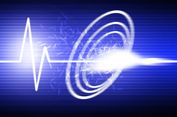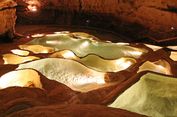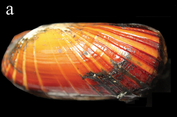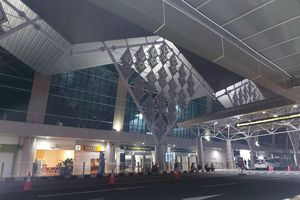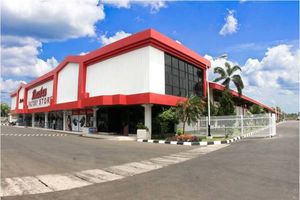Hydrogen Still in The Eco-Car Race
Honda has produced a roadworthy hydrogen vehicle, the FCX Clarity, but it is not for sale. Only 50 of them are available for lease in the United States at $600 per month; Honda says it intends to increase the fleet to 200 this year. Honda declines to put a sales tag on the Clarity, but some experts say the market price would be $1 million each. Toyota, a leader in electric car technology, plans to put its first hydrogen vehicle on the road in 2015.
In December, the German luxury carmaker BMW ended an experimental run of 100 hydrogen-fueled internal combustion engines and retreated back into the laboratory for more research. "We learned everything we wanted to learn from this huge field test," said spokesman Tobias Hahn, and BMW is now working on the next generation.
"We are still committed to hydrogen as the long-term alternative for switching to sustainable mobility," Hahn said, speaking from Munich, adding that the biggest problem is on-board storage.
Among U.S. carmakers, General Motors produced a test fleet of 100 Chevrolet Equinox fuel cell cars and let 5,000 people test them over a 25 month period. Like BMW, Chevrolet is withdrawing the vehicles to upgrade the technology.
A combination of plug-in electric and hydrogen may emerge as the most eco-friendly solution. "A fuel cell hybrid looks like a good long-term option," said Hart. "It's not an either-or. It's both, most likely."
Public transport also is experimenting with hydrogen. The Vancouver Winter Olympics deployed 20 fuel cell buses. The European Union and 31 industries teamed up to run a four-year trial of hydrogen buses on regular passenger routes in 10 cities ending last year, and a new generation of buses will begin operating later this year, said Frits van Drunen, who runs the project for the Dutch public transport network GVB.
"We predict that by 2017 these buses will be priced per kilometer at the same level as diesel buses," said van Drunen, interviewed at GVB's hydrogen refueling station in Amsterdam.
At BAM, the Berlin testing site, researchers guided a remote-controlled model truck around the laboratory floor powered by a fuel cell and three hydrogen-filled arrays bound together, about the thickness of a thumb. A similar device lit up a panel with 20 LED bulbs. The researchers say such devices can be built into power packs for laptop computers and even mobile phones.
BAM's research director, Kai Holtapples, said the C.En system can be on the road within two to five years if it can be developed as a replaceable rack that can be swapped at filling stations. Eventually, cars will be able to refuel with nozzles, like gas pumps today, he said. "Both systems will need some engineering, of course, but some ideas already exist."
BAM has no financial stake in the capillary array project, he said.










